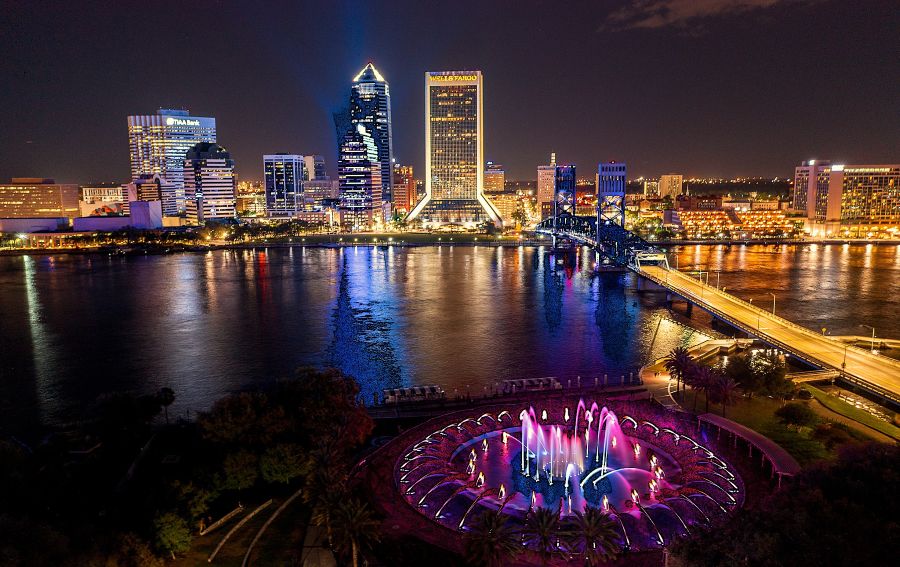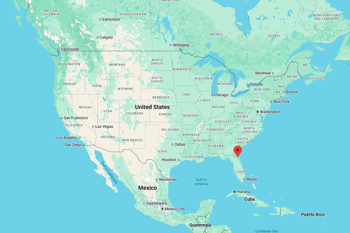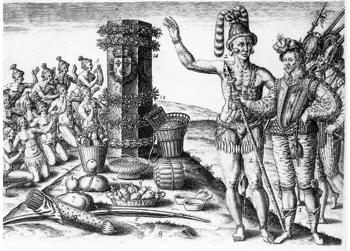Exploring Jacksonville’s History, Culture, and Facts
Jacksonville History Timeline – From Ancient Settlements to Modern Metropolis
Jacksonville, Florida’s history is a story of resilience, reinvention, and remarkable transformation. For thousands of years, people have called this area home — from the Timucua who first thrived along the St. Johns River to the diverse, bustling city we know today. This timeline walks through the defining moments, influential figures, and turning points that shaped Jacksonville’s identity.
Before 1562 – The Timucua Homeland
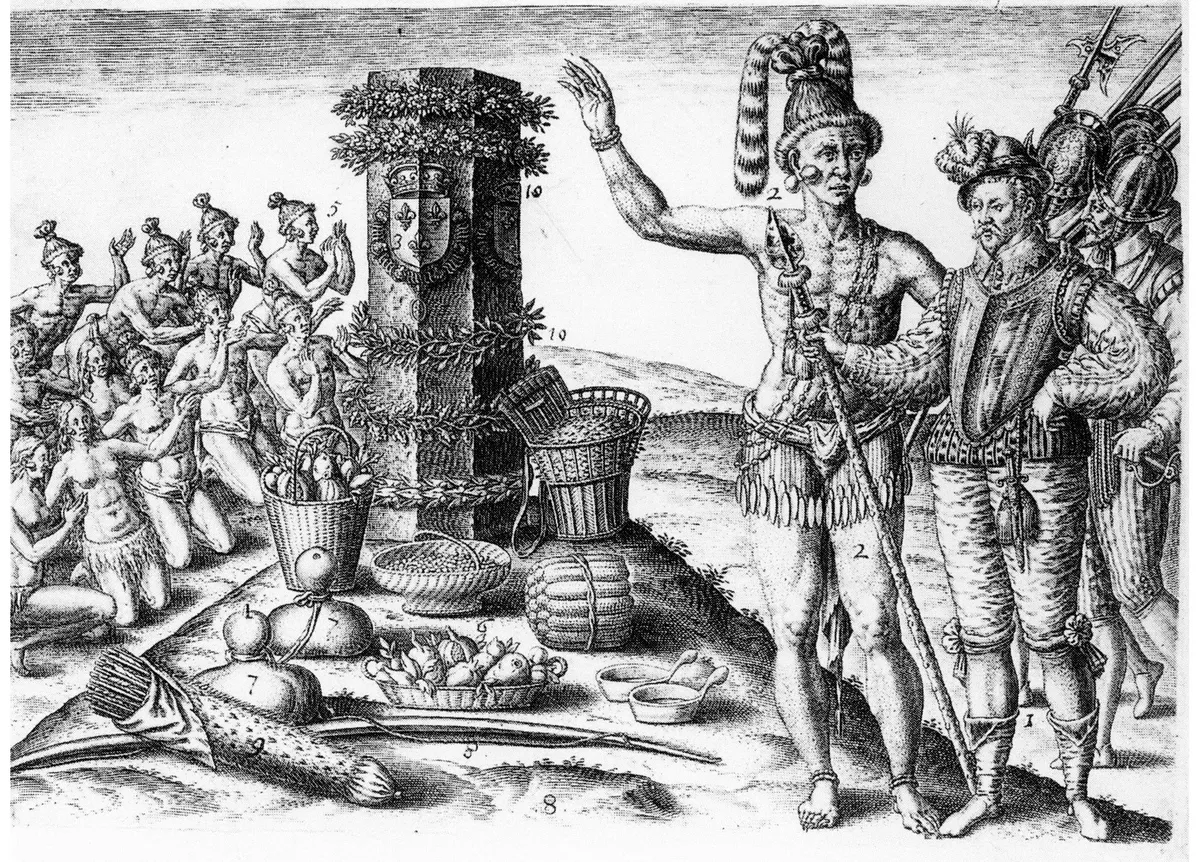
Long before European ships appeared on the horizon, the Timucua people flourished in what is now Jacksonville. They lived in well-organized villages, practiced farming, and relied on the St. Johns River as both a food source and a central trade route. Corn, beans, and squash grew in their gardens, while fish, oysters, and crabs filled their nets. The river was more than a resource — it was a spiritual anchor, woven into their stories, rituals, and way of life.
1562 – The French Arrive
In 1562, French Huguenot explorer Jean Ribault sailed to the mouth of the St. Johns River, seeking new territory and refuge from religious conflict in Europe. His arrival marked one of the earliest documented meetings between Europeans and the Timucua, setting the stage for a short but impactful French chapter in the region’s history.
1564 – Fort Caroline is Built
Two years later, René Goulaine de Laudonnière led a group of French settlers to establish Fort Caroline on the river’s south bank. Intended as a safe haven for Huguenots, it became one of the first European outposts in North America. Its strategic location and French presence, however, drew the attention of Spain.
1565 – Spain Seizes Control
In September 1565, Spanish forces commanded by Pedro Menéndez de Avilés overran Fort Caroline, killing most of its defenders and renaming the site San Mateo. This marked the start of more than 200 years of Spanish influence in Northeast Florida.
1565–1763 – Spanish Florida Era
Under Spanish rule, the region acted as a defensive buffer for St. Augustine and the shipping routes along the Atlantic. While population growth was slow, the area’s position at the mouth of the St. Johns made it a valuable military asset.
1763 – The British Take Over
Following the Seven Years’ War, the Treaty of Paris handed Florida to Britain. The British split it into East and West Florida, with Jacksonville in East Florida. They expanded settlements, built roads, and developed plantations producing indigo, rice, and timber — ushering in an era of economic growth.
1783 – Spain Returns
After the American Revolutionary War, Britain returned Florida to Spain. While Spain regained control for nearly four decades, American settlers steadily moved into the territory, setting the stage for another political shift.
1821 – Florida Becomes U.S. Territory
Spain ceded Florida to the United States through the Adams–Onís Treaty. The U.S. encouraged settlement, sparking a land rush that transformed the area into a growing frontier community.
1822 – The Birth of Jacksonville
Just one year later, the settlement was officially named Jacksonville, honoring Andrew Jackson, Florida’s first military governor and future U.S. president. Its prime location on the St. Johns River cemented its role as a trading hub.
Mid-1800s – Port City on the Rise
By the mid-19th century, Jacksonville was thriving as a port for cotton, timber, and other goods. Warehouses, hotels, and churches sprang up to serve its growing population and booming river trade.
1861–1865 – Civil War Turbulence
Jacksonville’s strategic location made it a target during the Civil War. The city changed hands several times between Union and Confederate forces, suffering economic disruption and infrastructure damage.
Late 1800s – Railroads & Resorts
The arrival of railroads opened Jacksonville to travelers from the North. Elegant hotels and seaside resorts attracted wealthy visitors escaping cold winters, making tourism a major driver of the local economy alongside shipping.
1901 – The Great Fire
On May 3, 1901, disaster struck when a fire started in a fiber factory and quickly spread, destroying over 2,000 buildings in just eight hours. More than 10,000 people lost their homes. The tragedy paved the way for a massive rebuilding effort that brought modern architecture and nationally recognized architects to the city.
1910s–1930s – Growth and the Great Depression
Jacksonville continued to expand through the early 20th century, but the Great Depression slowed progress. Despite the economic challenges, its port and industrial sectors kept the city afloat.
1940s – Military Expansion
During World War II, Jacksonville became a key U.S. military center. Naval Air Station Jacksonville and other bases played critical roles in the war effort, bringing thousands of service members and new families to the area.
1950s–1970s – Suburbs and Consolidation
Postwar prosperity fueled suburban growth. In 1968, Jacksonville and Duval County merged governments, creating one of the largest cities by land area in the continental U.S. This move streamlined services and united the region under one administration.
1980s–1990s – A Broader Economy
Finance, insurance, healthcare, and logistics joined shipping and tourism as economic pillars. The city invested in cultural spaces, revitalized its riverfront, and hosted major events that put Jacksonville in the national spotlight.
2000s – Modern Jacksonville
The early 21st century brought steady population growth, sports franchises, arts festivals, and large-scale infrastructure projects. Jacksonville became known for its balance of big-city opportunities and coastal lifestyle.
Today – A City of Heritage and Progress
In the 21st century, Jacksonville is a vibrant, diverse city that honors its deep roots while embracing innovation. From its historic neighborhoods to its thriving business districts, Jacksonville blends its storied past with an eye toward the future — always shaped by the waters of the St. Johns River.
Cultural Heritage
Jacksonville’s cultural fabric is a rich patchwork woven from centuries of history and a mix of global influences. Its story begins with the Timucua, the region’s earliest known inhabitants, whose villages thrived along the St. Johns River. This waterway was more than a source of food and trade — it was central to their spiritual life and cultural identity.
Over the centuries, waves of European settlers — French, Spanish, and British — brought their own architecture, faiths, and trading traditions. These influences layered over one another, creating a city with a distinctly multi-cultural foundation.
By the early 20th century, Jacksonville had emerged as a musical powerhouse. It gave rise to renowned jazz artists and later became an epicenter for southern rock. The African American cultural legacy remains strong, with landmarks like the Ritz Theatre and Museum in LaVilla — once known as the “Harlem of the South” — preserving stories of music, theater, and community resilience.
The city’s appreciation for the arts is visible in its many institutions. The Cummer Museum of Art & Gardens offers classical elegance, while the Museum of Contemporary Art (MOCA) and independent galleries spotlight bold, modern creativity. Community events such as the Jacksonville Jazz Festival, World of Nations Celebration, and neighborhood PorchFest bring music, art, and culture to the streets.
Jacksonville’s culinary scene mirrors its heritage, offering deep Southern roots alongside flavors from around the globe. From seafood fresh off the docks to Caribbean, Asian, and Latin American dishes, the food tells the story of a city shaped by many cultures yet distinctly its own.
Quick Facts: Jacksonville, FL
-
Population: Roughly 985,000 residents as of 2025, making Jacksonville both the largest city in Florida and the 12th most populous in the United States.
-
Land Area: Covering over 840 square miles, it holds the title of the largest city by area in the continental U.S.
-
Geography: Positioned in Northeast Florida at the meeting point of the St. Johns River and the Atlantic Ocean, about 25 miles south of the Georgia border
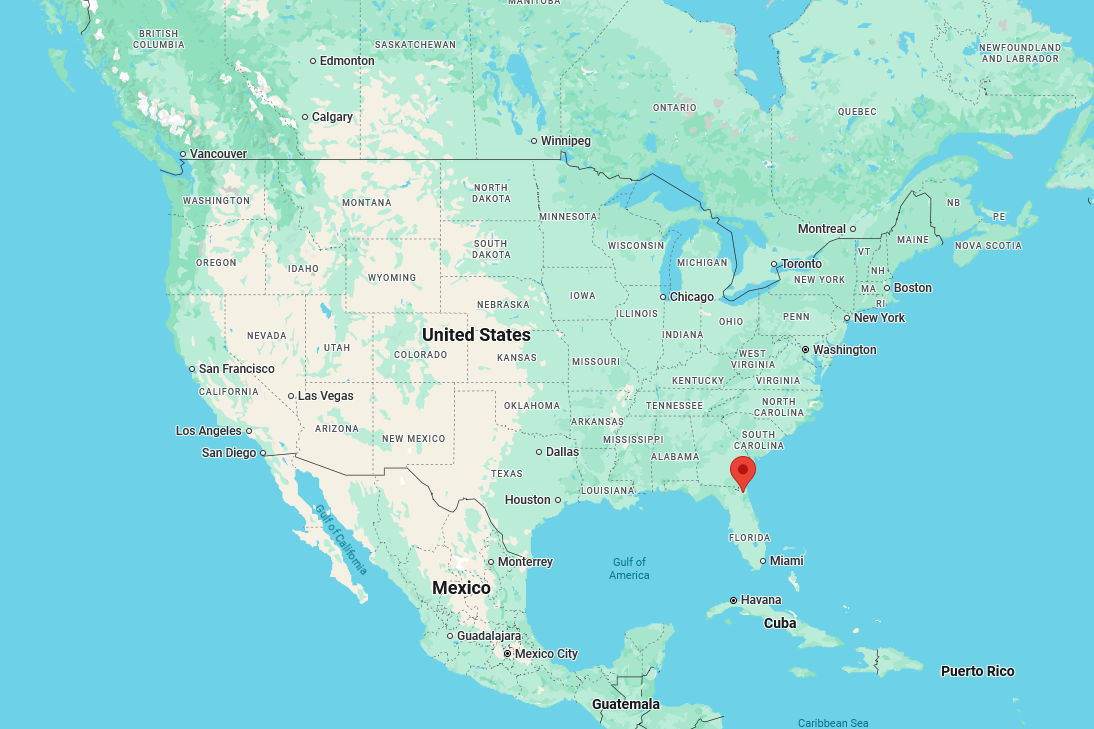
-
Climate: Warm and humid much of the year, with subtropical conditions. Summers often reach the upper 80s to low 90s °F (30–34°C), while winters remain mild, typically in the 50s and 60s °F (10–20°C).
-
Coastline: Home to 22 miles of Atlantic beaches, including Jacksonville Beach, Neptune Beach, and Atlantic Beach, popular for surfing, fishing, and sunbathing.
-
Economy: Powered by industries such as finance, healthcare, logistics, military operations, and tourism, and supported by one of the nation’s major deepwater ports.
-
Transportation: Well-connected via Jacksonville International Airport, a network of major highways, active freight rail lines, and a busy seaport, making it a vital Southeastern transport hub.
